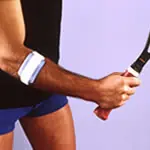
Athletes find themselves injured for a number of reasons -- overuse being chief among them, with approximately 50 percent of sports injuries stemming from overuse. And while it's best to prevent injury before it occurs, we all know it doesn't always happen that way.
The good news is there are alternative treatments that, in many cases, are proving markedly more effective than traditional therapies.
Beyond anti-inflammatory drugs
What's changed? For decades, overuse injuries have been treated with anti-inflammatory methods. These include non-steroidal anti-inflammatory drugs (NSAIDs such as Advil and Motrin), electric stimulation, steroid injections and ice therapy.
However, research, including a 2000 study in The Physician and Sportsmedicine and a 2003 study in Clinics in Sports Medicine, indicates that most overuse conditions are not inflammatory in nature and that treating them as such may delay or prevent full recovery.
If inflammation isn't responsible for chronic conditions like tennis elbow and iliotibial band syndrome, what is? There's a good chance it's scar tissue. Repeated or sustained muscular contractions in any athletic endeavor increases tension on soft tissues (muscles, tendons, fascia and nerves), which in turn decreases blood and oxygen supply to the area.
With muscles, nerves and fascia, the result is a build-up of scar tissue. In tendons, decreased oxygen leads to degeneration. Scar tissue and degeneration are the common cause of chronic overuse injuries, whereas inflammation is predominant in acute injuries such as muscle and ligament tears.
Although the understanding of overuse injuries has improved with continued research, most traditional medical paradigms have not yet adapted, partially explaining why some injuries seem resistant to treatment. Karim M. Khan, M.D., Ph.D., a primary researcher on overuse injury, affirms, "Treatment needs to combat (scar tissue) breakdown rather than inflammation."
Following is a look at some common sports injuries and the alternative treatments that may help you get back in the game.
Tennis Elbow/Lateral Epicondylitis
What it is: Grasping activities such as climbing and paddling stress the muscles on the back of the forearm leading to lateral epicondylitis. Pain is caused by degeneration in the tendon that attaches the overtaxed muscles to the elbow.
Traditional treatment: Reduce inflammation with ice and steroid injections. Use forearm braces to dampen load on the degenerated tendon.
Alternative treatment: Acupuncture has proven to be effective in treating tennis elbow. In the modern scientific explanation of acupuncture, tiny needles inserted into certain pressure points stimulate the nervous system to release chemicals in the muscles, spinal cord and brain. Endorphins, the body's natural painkillers, are one type of chemical released.
Other chemicals stimulate the body's natural healing abilities by increased hormone and blood flow. Additionally, as they are inserted into the problematic area, the needles themselves physically break down scar tissue.
What's the word: After a 1997 conference to determine acupuncture's validity in Western medicine, the National Institutes of Health concluded, "Promising results have emerged showing efficacy of acupuncture in (treating) tennis elbow."
Sciatica
What it is: Sciatica is a general term describing pain in the buttock and back of the thigh. A herniated (slipped) disc and piriformis syndrome are two of the most common causes of these symptoms. More often runners experience the latter. In piriformis syndrome, pain originates from a nerve entrapment between the hip rotator muscles and the sciatic nerve, which runs down the back of the thigh.
Traditional treatment: Reduce symptoms by limiting activity. Use stretching and ultrasound to increase flexibility and decrease inflammation, respectively.
Alternative treatment: Active Release Technique (ART) is a manual therapy (involving only the practitioner's hands) that breaks down scar tissue while the muscle and/or joint is taken through the natural range of motion. As muscles accumulate scar tissue with overuse they lose strength, flexibility and joint motion. In the case of sciatica, scar tissue "glues" the sciatic nerve to the piriformis muscle, preventing normal motion between the structures. This irritates the nerve and results in pain. ART breaks down the scar tissue between the nerve and muscles, freeing the nerve and restoring normal motion.
What's the word: A 1998 study at the University of California at San Diego found that 71 percent of patients reported improvement after four weeks of ART treatment. While little other research is available, plenty sing ART's praises. "The bottom line is that anything that works is good, as long as it's not detrimental. ART is not detrimental, and it does work," says Andrew Feldman, M.D., an orthopedist and author of The Jock Doc's Body Repair Kit.
Iliotibial Band Syndrome (ITBS)
What it is: Runners and cyclists with knee pain may be experiencing ITBS. The iliotibial band, which connects the hip to the knee, can become tight and produce friction, pain and swelling on the outside of the knee.
Traditional treatment: Reduce inflammation with NSAIDs and electric stimulation. Stretch the iliotibial band to increase flexibility.
Alternative treatment: Prolotherapy, a method of healing degenerated tendons. Typically a dextrose (sugar water) solution is injected into weak and damaged tendons. The injection causes inflammation, swelling and pain, effectively tricking the body into thinking a new injury has occurred. The body responds by increasing blood supply to the area and promoting tissue regeneration. Treatment frequency and number vary greatly from doctor to doctor, so search for a provider with extensive training and experience.
What's the word: For the past 20 years C. Everett Koop, M.D., former surgeon general has been an advocate for prolotherapy. "I myself am able to be pain-free because of it," he has said. And while other physicians have touted its benefits, little research is available to back up the claims. Explains Northern California-based sports medicine specialist Warren Scott, M.D., "Prolotherapy is a nonproprietary mix of sugar and alcohol. No drug company owns it, so almost no research has been done."Rotator Cuff Tendinosis
What it is: Rotator cuff tendinosis is degeneration of one or more of the tendons that make up the rotator cuff, usually the supraspinatus tendon. Overhead activities such as swimming, climbing and improper weightlifting overload the shoulder muscles, causing scar tissue and degeneration.
Traditional treatment: Decrease inflammation with NSAIDs. Strengthen muscles to restore balance. Perform surgery to remove degenerated tissue.
Alternative treatment: ART is also a good bet when treating rotator cuff problems since they often result from scar tissue in the subscapularis, the muscle beneath the shoulder blade. This muscle is designed to stabilize the shoulder, and when it fails, the supraspinatus tendon becomes overloaded, degenerated and painful. Treating only the tendon degeneration may decrease symptoms but will not correct the underlying problem. ART reduces scar tissue in the subscapularis, restoring normal shoulder motion and decreasing excess load on the supraspinatus tendon.
If symptoms remain, acupuncture may be used to decrease pain and to increase blood flow, which promotes tendon regeneration. Prolotherapy, the most invasive of the three treatments, may also be used to promote regeneration in stubborn cases.
What's the word: Michelle Clark, D.C., of Denver's CorePower Chiropractic and Yoga, encourages athletes to be persistent when searching for effective care. "There is no single miracle treatment for overuse injuries. For many, ART is enough to fix the problem, but for others, acupuncture or prolotherapy is more effective. These are only three of the many alternatives, so for an injured athlete, perseverance and an open mind for treatment options are necessary to fix difficult problems."
T. Grace Steinley, D.C., specializes in overuse injuries at Soft Tissue Diagnostic and Treatment Center, a health-care facility in Boston. Contact her at www.softtissuetreatment.com.

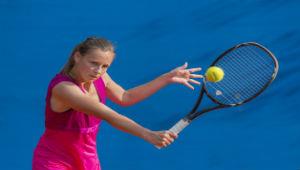
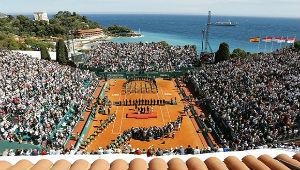
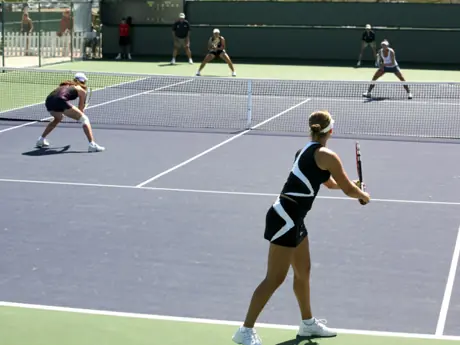
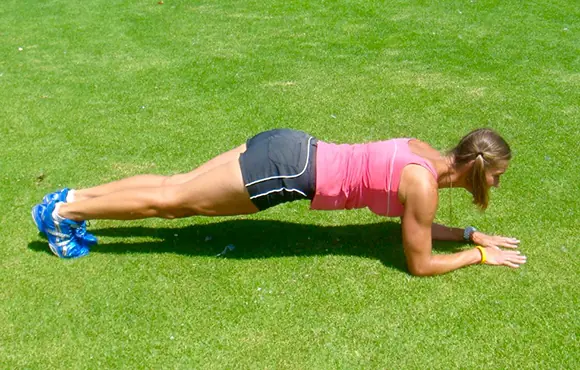
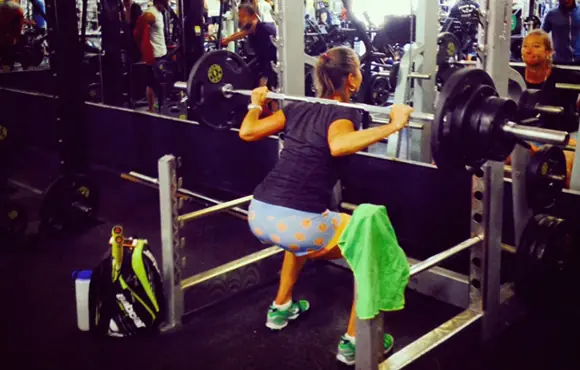

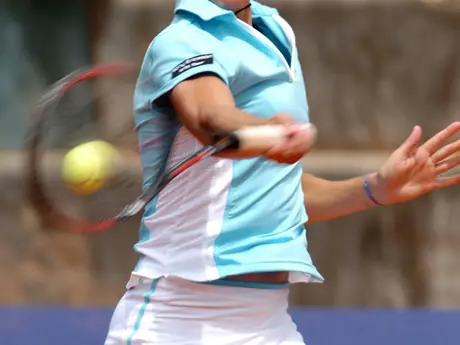
Discuss This Article